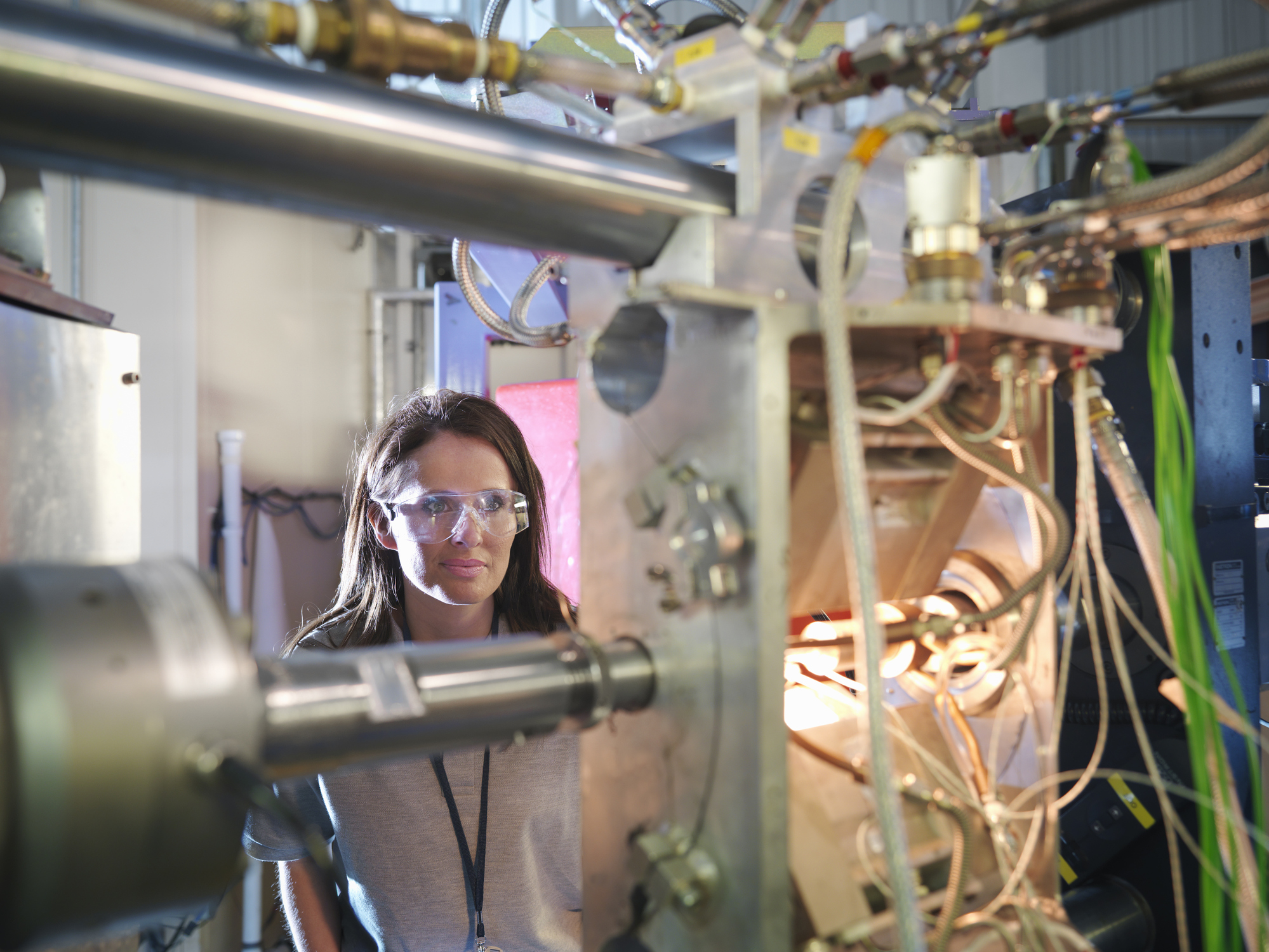
Your grandchildren may retire before we have gender equality in science

The gender gap for women working in science, technology, engineering, mathematics and medicine (STEMM) is likely to persist for generations, unless we take proactive steps
Published 20 April 2018
Gender parity in some areas of the science, technology, engineering, maths and medicine (STEMM) workforce could be centuries away, unless we systematically identify and close the gender gap.
By analysing 10 million academic papers, and the genders of their 36 million authors, researchers at the University of Melbourne have gained this new insight into when gender parity could be reached in STEMM.
And if we continue with business as usual, it’s not good news for some of the key disciplines.

Physics, for example, currently has around 13 per cent women in senior positions, and this gap is predicted to take 258 years to close.
Topics such as computer science, mathematics, surgery and chemistry have the fewest women authors, while health-related disciplines like nursing, midwifery, and palliative care have the most.
The study was conducted by Dr Luke Holman, Associate Professor Devi Stuart-Fox and Dr Cindy Hauser from the University of Melbourne’s School of BioSciences.
They analysed the numbers of men and women authors listed on more than 10 million academic papers, allowing them to calculate the gender gap among researchers, as well as its rate of change for most disciplines of science and medicine.

They used computational methods to gather data from the citation databases PubMed and arXiv, and then estimated the gender of 36 million authors based on their names. The 15-year dataset covers more than 6000 academic journals, spans almost all STEMM disciplines, and includes authors from over 100 countries.
Dr Holman says that 87 of the 115 disciplines examined had significantly fewer than 45 per cent women authors, 5 had significantly more than 55 per cent, and the remaining 23 were within 5 per cent of gender parity.
“Topics with the fewest women authors included computer science, mathematics, surgery and chemistry.
“Health-related disciplines like nursing, midwifery, and palliative care had the most female authors. The PubMed categories Social Sciences (predominantly social work journals) and speech-language pathology currently have more than 50 per cent of women authors, and are becoming significantly more female-biased.”
Dr Cindy Hauser says that highly male-biased disciplines tend to show especially slow improvement in the gender ratio with time.
“Of the gender-biased disciplines, almost all are moving towards parity, though some such as surgery, physics, mathematics and computer science are predicted to take decades or even centuries to reach it.”

The authors focussed on academic publications as the primary means of disseminating scientific knowledge and the principal measure of research productivity, thereby influencing the career prospects and visibility of women in STEMM.
Junior researchers were more likely to be women and senior researchers more likely to be men, relative to the overall gender ratio of the discipline in question.
Prestigious journals were also found to have fewer women authors than standard journals.

Sciences & Technology
Engineering gender equality
A small minority of journals bucked the overall trend and had fewer women first authors (typically junior researchers) than expected rather than more; these journals were predominantly well-known, prestigious titles such as Nature, Lancet, New England Journal of Medicine and British Medical Journal.
Men were estimated to be invited by journals to submit papers at approximately double the rate of women. Wealthy countries, notably Japan, Germany and Switzerland, had fewer women authors than poorer countries.
The team note that the under-representation of women in senior authorship positions probably has multiple, complex causes, but that several practical measures that could help to close the gender gap have already been identified, and need to be implemented systematically.
These could include reforming academic publishing and peer review; ensuring women have equal access to informal professional networks; affording greater recognition of the extra demands outside the workplace that traditionally fall on women when assessing researchers’ achievements; ensuring women receive equal resources at work; better access to parental leave and career break provisions; acknowledging and celebrating the contributions of women scientists to provide role models for girls and affirmative action during hiring.

Dr Holman says their new dataset provides opportunities to evaluate the effectiveness of some of these strategies.
“For example, the data could be used in sociological studies to help determine why some countries have a huge shortage of women in STEMM, while others have already achieved gender parity.”
The study data is publicly available to help researchers, employers and policy makers identify fields of science that need new initiatives and reforms to reach gender parity.


